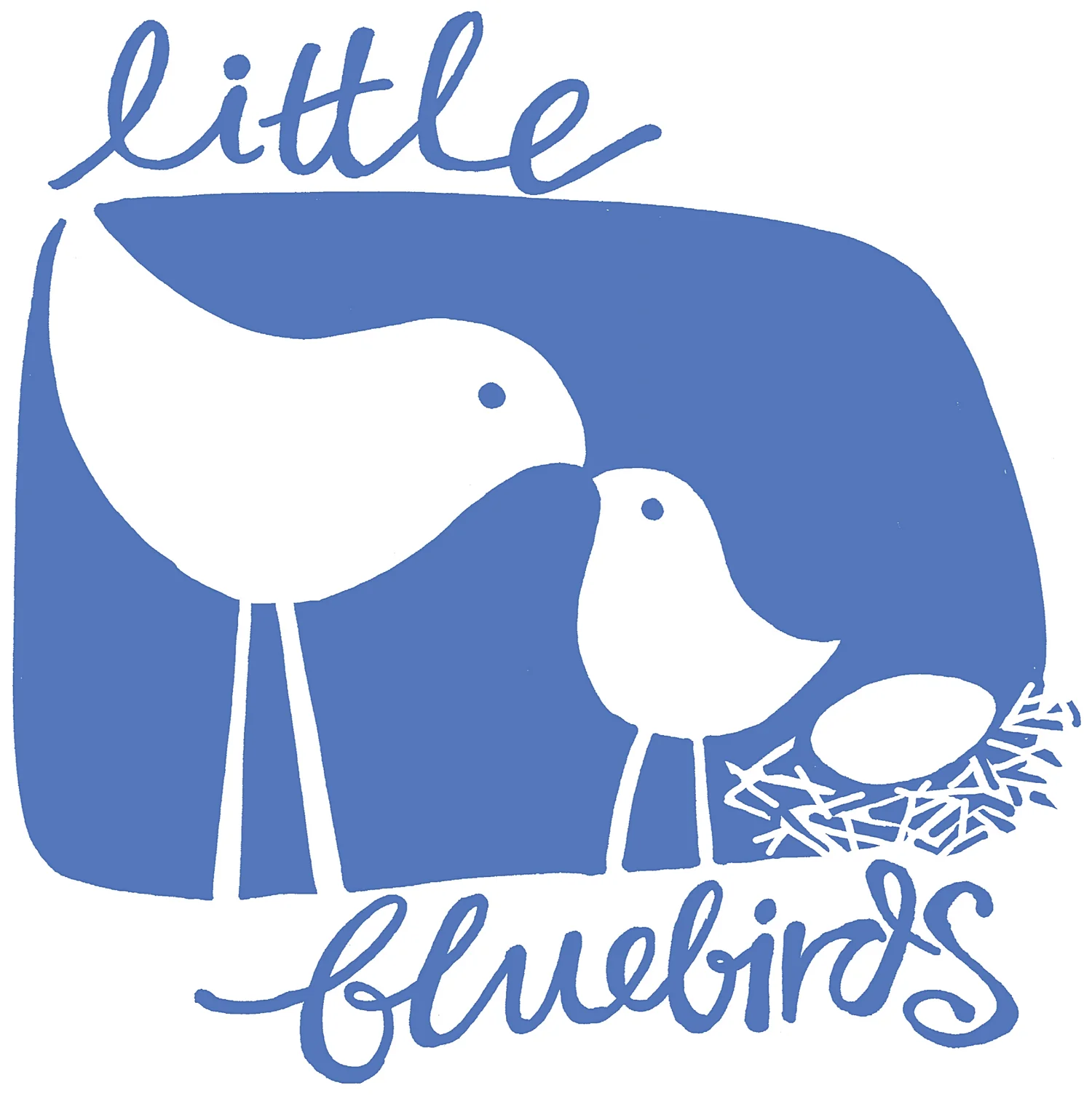The best shoes are NO shoes
Our society seems to love shoes. We’re happy for little hands to explore a full range of textures and temperatures, but feet are commonly covered up and left clean and protected by shoes.
Whilst this can be useful at times, remember to provide your little one with plenty of time for a whole range of experiences with their feet!
Barefoot play can be super fun, and it can help your child’s brain and body develop physical stability. (For more info on the research around barefoot benefits, look for the book “Balanced and Barefoot” by Angela J. Hanscom. Angela is a Paediatric Occupational Therapist and founder of Timbernook and her book is an excellent resource on the benefits of play in nature to support healthy child development).
Here are some things to explore WITHOUT shoes;
MUD
This is an easy one! dig a hole in the dirt, add water, mix and experience…
For very young babies -
If your child is still a baby and requires you to support their physical experiences, then proceed slowly and with care.
If the mud/water is very cold, it could be a shock and your baby may cry. How lucky they will be to have you with them as they experience challenging new things.
For sitting babies -
If your baby is ready to play, you could always sit them next to a puddle, allowing them to decide whether their feet are in the mud or next to it. Your baby can then explore and discover at their own pace.
If the puddle is a deeper one, do be aware that they could launch themselves in and get stuck quite easily. This just means you can share the muddy experience too, or enjoy observing their play as they wiggle, squish and move.
For toddlers -
Once your little one is walking, they may have capacity to navigate the muddy puddle at their own pace. All you have to do is step back.
If walking without shoes is a newer experience, give them space to feel their way through it. If the cold, the wet, the squelch, the uneven nature of the ground is not immediately comfortable, simply give them more space and time to get comfortable!
For children with special needs -
work within your child’s sense of comfort. When extending their range of experiences, take it at a pace that doesn’t overwhelm them. Be guided by your child.
GRASS
This is also easy! Take shoes off (or never put them on in the first place) and move on grass.
Grass can be a bit softer and more comfortable for feet that are new to experiencing a variety of different feelings.
There is a huge list of what to watch out for on grass…but don’t let that put you off! Thorns, spiky weeds, sticks, dog pooh, bees and grass allergies are all things to consider, but can ALL be managed fairly simply.
SAND
Another easy one! It’s all so easy…just allow feet to feel different textures and temperatures. Let their toes and feet be free to wiggle, move and curl.
Sandy feet in the sandpit, sandy feet on the beach. (I personally think the feeling of sand underfoot is way more comfortable than the feeling of sand in my shoes!)
OTHER NOTES;
A NOTE ON “DANGER”
Many parents question how safe a child is when exploring the world without the protection of shoes. These are valid concerns. There are sharp things and bees and pooh and broken glass and other people with big, heavy shoes and thorns and slippery things and nails and splinters and the list goes on.
Take a step back. It’s important to see these “risks” in a broader context. A child can still be stung by a bee, get a splinter, cut themselves and have small injuries on other parts of their body. They can also still step on nails with shoes on!
Remember that there are risks to always having feet encumbered by shoes too.
Risk is inherently part of a child’s experience of the world. With space to explore, children can learn to adapt to their world, and build skill at navigating it.
WHAT IF MY CHILD REALLY DOESN”T LIKE IT?
If they really don’t like it initially, this is probably a sign that they are way too comfortable in shoes!! Be brave, try something new and just have a go. Start with where you are and what you feel comfortable with and slowly broaden the range of options for your kids.
Keep the benefits in mind as you explore.
Make the most of the National and State parks near you. There you will find a range of different textures underfoot, without some of the challenges an urban environment can bring.
Find multiple times every day to explore the world without shoes.
CAREFUL USE OF LANGUAGE
Here’s another chance to be considerate of the language you use around being barefoot. Use language that focuses on interest, exploration and discovery.
Avoid “careful” and “you’ll hurt yourself” and “that’s dirty” and “oh yuck”.
You could also choose to not even talk about it…just let your child play and explore.
LASTLY
Remember to take off your own shoes and enjoy the benefits too!!
I’ve done many a bushwalk in no shoes. I’ve received all sorts of opinions and looks and comments, but I’ve also had a whole lot of fun and felt a whole lot of peace!!









